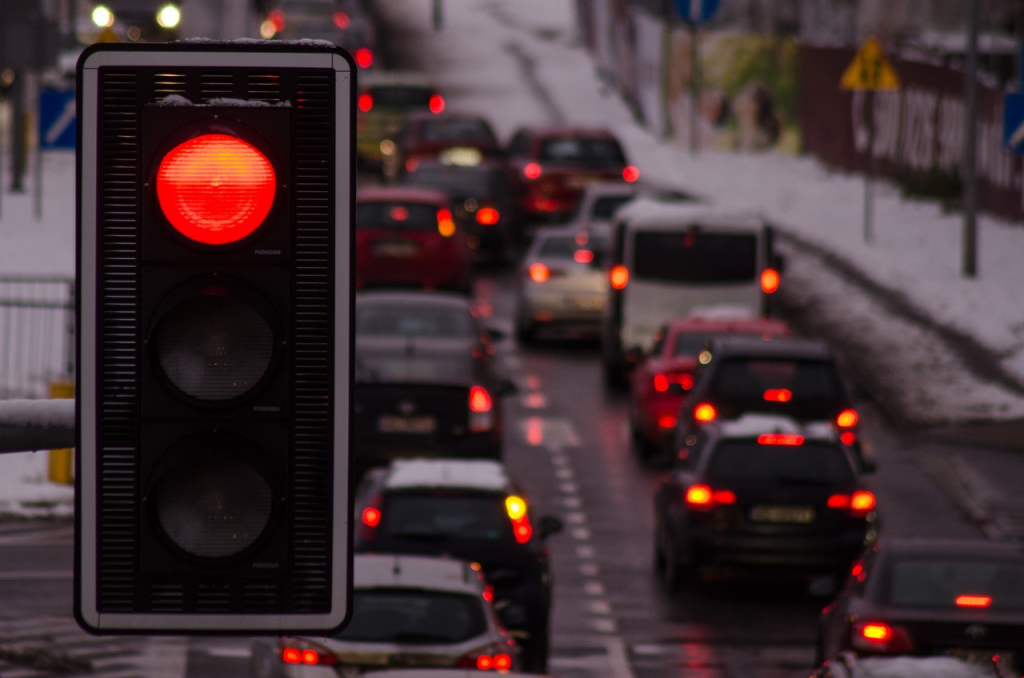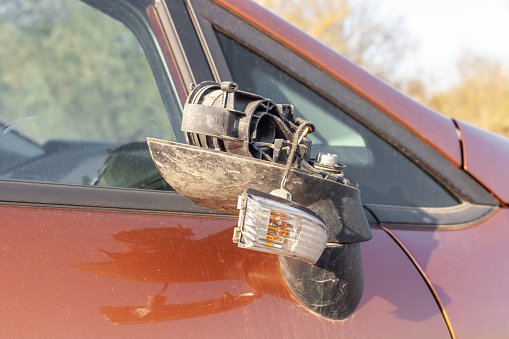Developers looking for a tool that can help their clients in the field of insurance will find the information in this article useful, and even get some recommendation.
The insurance industry is a big business. Every year, hundreds of thousands of people get insurance for their homes, cars, and other belongings. This industry is based on risk. The number of car accidents grows alongside with the increase of cars running on the road, and so does the need for vehicle damage detectors to ease the process of identification, location, severity and appraisal.

Insurance companies charge more money to people who are more likely to file claims. This is how they are able to stay in business and pay out claims when they are filed. The process of determining which customers to charge more money and which to charge less is known as underwriting, and eventually scoring. Vehicle Damage Detector API is the most reliable tool for auto inspection.
In case of damage from an accident, the insurance company will cover the cost of repairs. The amount the insurer will pay for repairs depends on several factors, including the extent of the damage and whether you have comprehensive or liability coverage. Comprehensive coverage typically covers damage caused by events other than an accident, such as hail, fire, or vandalism. Liability coverage typically covers damage caused by an at-fault accident. With some insurance policy the company will pay for the damage, after thorough inspection once the claim has been filed.
The cost of the repairs covered by the insurance policy depend on the type of coverage, on whose fault the crash has been, on the appraisal of the cost of repairs, etc. This makes the API to assess damage an essential tool, to add accuracy to the audit and the appraisal.
When And How To Use The API
This process can be used in a variety of applications such as insurance claims management, to detect vehicle damage and estimate its cost; in law enforcement applications to identify vehicles involved in accidents and determine whose fault it has been.
This API is able to detect any kind of vehicle damage just in seconds. It’s also very useful for insurance companies since they can use this information to determine the amount of the claim easily. When it comes to pricing, it offers very good plans so that everyone can subscribe as it´s affordable.
For developers devising tools for clients in the insurance business, it can be especially challenging to inspect all the vehicles involved in accidents. So to spot the damage, locate it on the car, assess the severity of the damage and appraise the repair costs, nothing better than Vehicle Damage Detector API.
This API is easy to integrate into any existing system. Accuracy, ease of use, celerity of response and efficiency: these features are guaranteed, as it´s constantly being updated with new features and functionality.
Counting on a subscription on Zyla API Hub marketplace, just start using, connecting and managing APIs. Subscribe to Vehicle Damage Detector API by simply clicking on the button “Start Free Trial”. Then meet the needed endpoint and simply provide the picture of the product. Make the API call by pressing the button “test endpoint” and see the results on display. The AI will process and retrieve an accurate report using this data.
It`s advisable to keep the input image under 5MB, between 2000×2000 and 640×480in resolution for a more accurate response. To avoid longer process times it´s recommended not to use higher resolution images. For best damage detection, it’s recommended to take a close picture of the area, approx. 80cm – 1.5m when taking the picture.
If the input is “draw_result”: true,
“image”: “https://i.insider.com/54da54336bb3f7156eeef89e?width=800&format=jpeg”, the result will look like this:
{ "draw_result": true, "job_id": "52af644d-03c9-46c8-ab8c-c486fc432ade", "output": { "elements": [ { "bbox": [ 372, 145, 489, 245 ], "damage_category": "slight_scratch", "damage_color": [ 50, 50, 100 ], "damage_id": "1", "damage_location": "rear_bumper", "score": 0.613146 }

